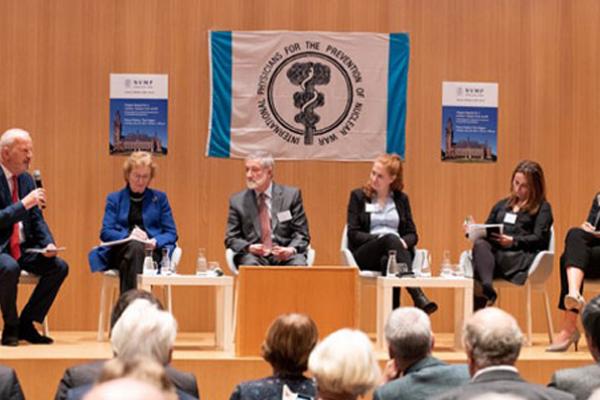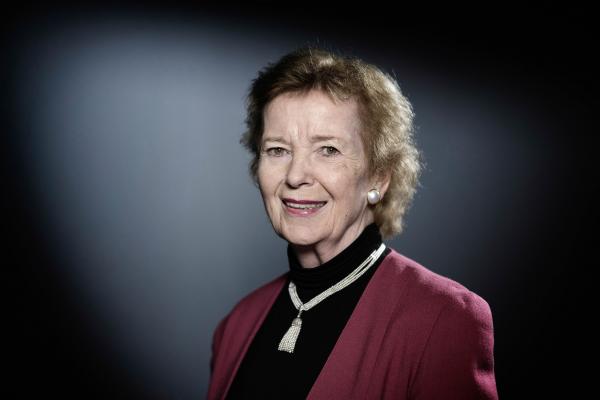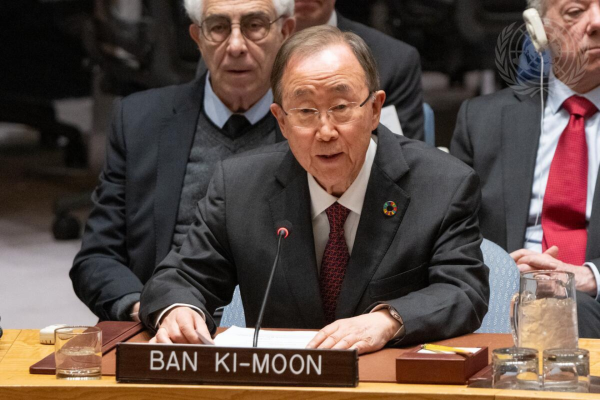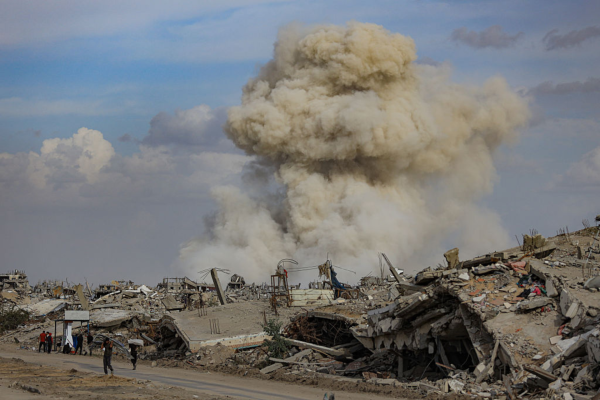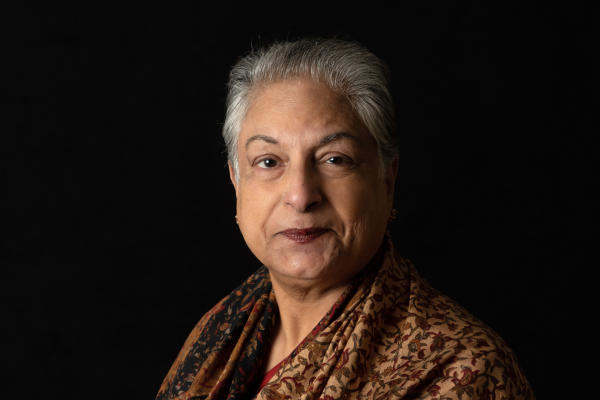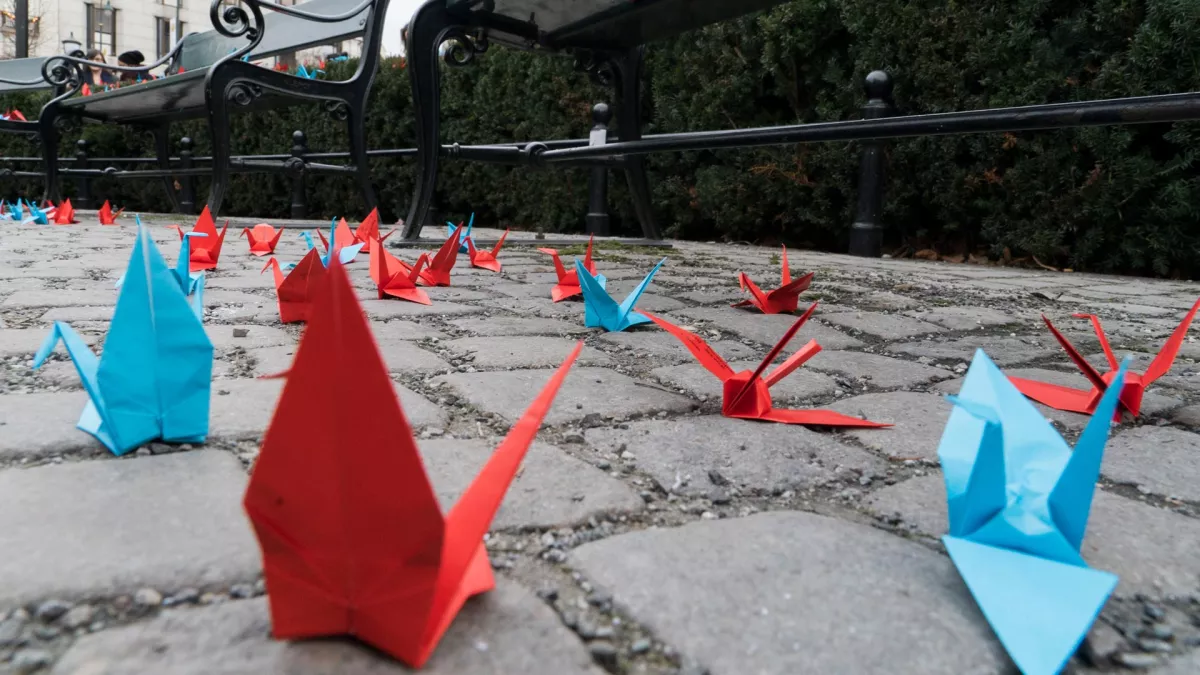
Sue DiCicco is from Santa Barbara, California. She founded the Peace Crane Project in 2012 to bring children together through the arts. In this guest blog to mark the 75th anniversary of the bombings of Hiroshima and Nagasaki, she explains the importance of Sadako and Masahiro Sasaki to the story of the origami peace crane, and the message of hope it represents today.
Since launching the Peace Crane Project my goal has been to arm our children with the skills to express themselves creatively, and connect them through the arts. The project has been met with enthusiasm and support around the world, and millions of children, from 154 countries, have now participated. At its heart, the project has a simple clarity: students are invited to write a message of peace on a square of paper, fold the paper into an origami crane, then through the Project, exchange it with another student somewhere in the world.
Telling the story of Sadako Sasaki
Early on, educators wrote to me, telling me they were teaching the story of Sadako Sasaki while their students participated in The Peace Crane Project. I had never heard of Sadako and began to read everything I could find about her. I discovered many versions of her life story. I realized the most popular telling in English was a novel, rather than a historically accurate account of Sadako's life, as told by the Peace Museum in Hiroshima or Sadako's family. This knowledge took me on a quest to meet Masahiro Sasaki, Sadako's older brother, to hear his family’s story and bring it to the English-speaking world.

I initially planned only to interview Masahiro-san. But, after spending many hours with the wise and thoughtful Masahiro, I proposed we become co-authors to ensure that his complete story would be accurately conveyed and delivered in English. And so, we spent the next many months working with our patient and resourceful translator Naomi Nakagoshi, reviewing line by line and word by word, his memories of his early life with Sadako, including the years during the war, the day of the bombing, and the time that followed.
My time with Masahiro deepened my belief in humanity and our ability to overcome tremendous obstacles. His views on life and war were spoken gently, but were deeply philosophical and moving.
At one point during my visit, he retreated to another room and then emerged with a small box. He lifted the lid to reveal the few tiny cranes he still possesses which Sadako folded. Carefully, he placed several in the palm of my hand to admire. It was an impactful moment, a physical connection for me with the girl that has had such an enduring impact on our hearts. Later, Masahiro folded a tiny crane for me himself, something I look at and draw strength from every day.

Each of us can bring something valuable to the quest for peace
It is an honor to write this post for The Elders – a group of individuals who have dedicated their lives to making ours better, and who continue to look for ways to encourage, support, and nurture the planet towards a more healthy and sustainable future.
I have come to believe each of us has a unique collection of skills and interests that bring something valuable to the quest for peace. No matter your circumstance or skillset, the Internet provides boundless opportunities for each of us to influence the conversation and promote the vision of global unity.
These are the values behind The Peace Crane Project.
Peace Crane Project participants now engage and communicate with one another every day of the year, sharing compassion, appreciation, and understanding with their communities. Through participation, they have been exposed to new cultures, heard new languages, strengthened their hand/eye co-ordination, learned to read a map, practiced their penmanship and improved their writing skills.
Each school has adapted the project to fit the needs of their classroom and community, each embracing Sadako’s dream of sending a message of peace in flight on the wings of a simple paper bird.
Sadako’s story is a difficult one. But we all need to hear her true story and keep her, and all victims of war, in our hearts and in our minds as we look towards our future together. Our current global crisis highlights our interdependence and desperate need to come together. Our survival may depend on it. Honoring Sadako and her cranes is a poignant and timely place to begin our journey.
To learn more about the Peace Crane Project and the book, The Complete Story of Sadako Sasaki, visit the websites https://peacecraneproject.org/ and https://sadakosasaki.com. To take part in The Elders’ and Peace Crane Project’s online campaign to mark the 75th anniversary of the Hiroshima and Nagasaki bombings, click here.



